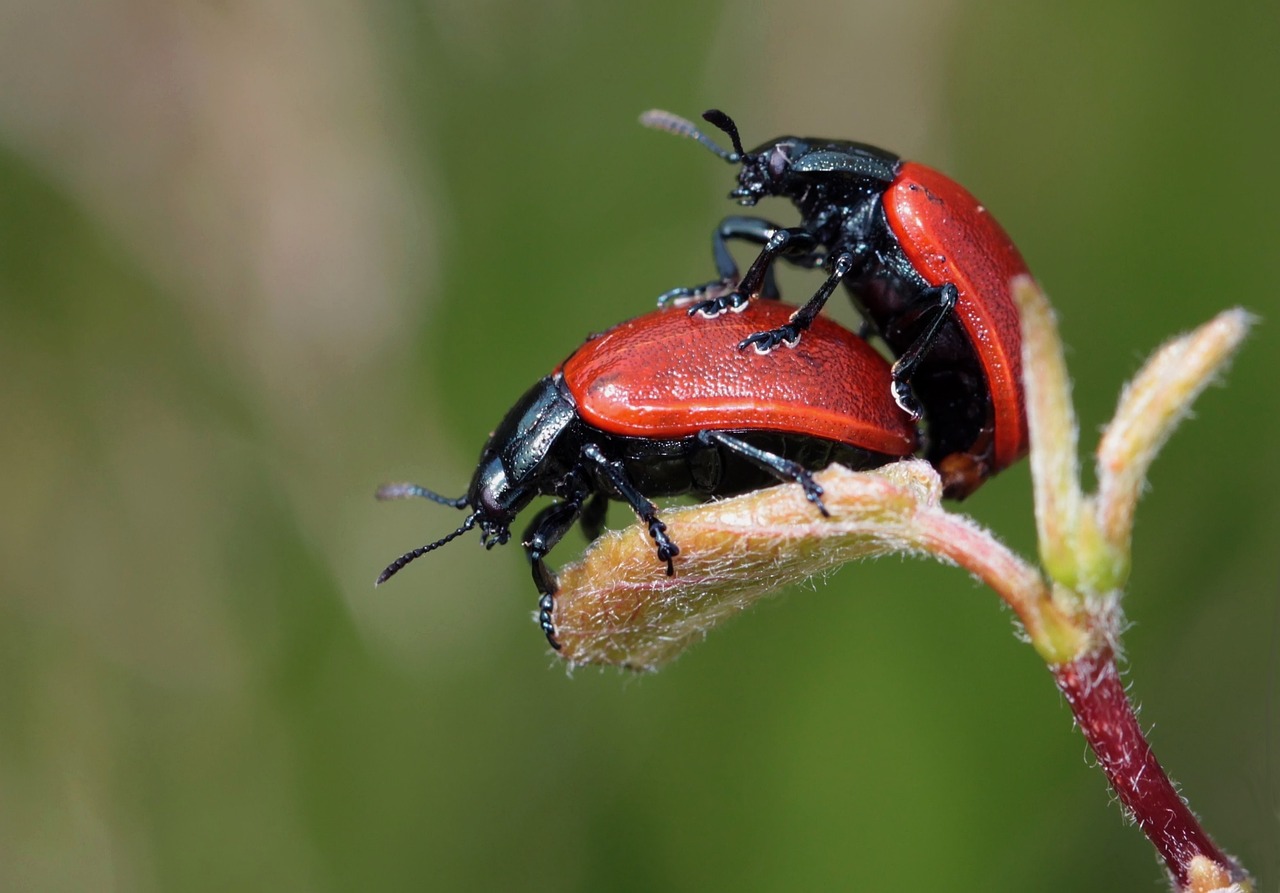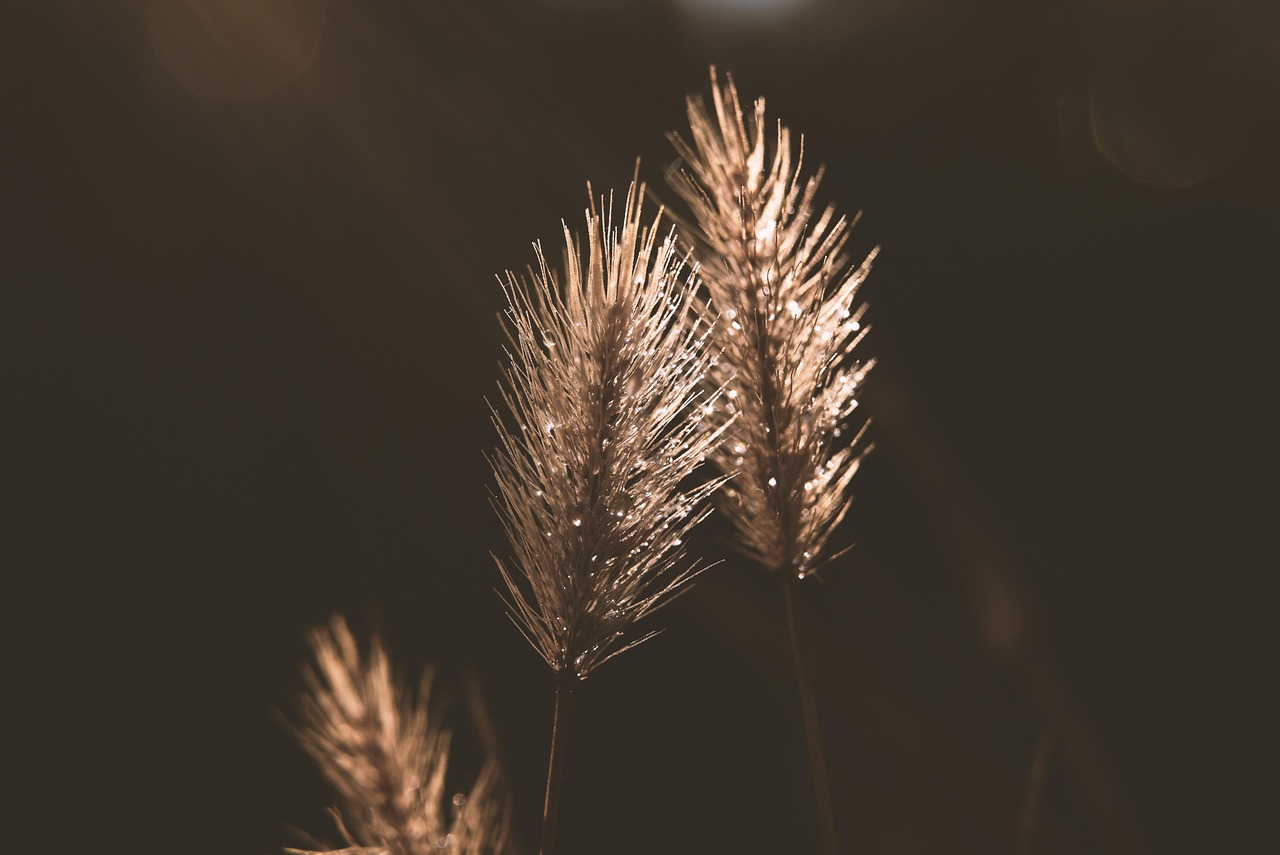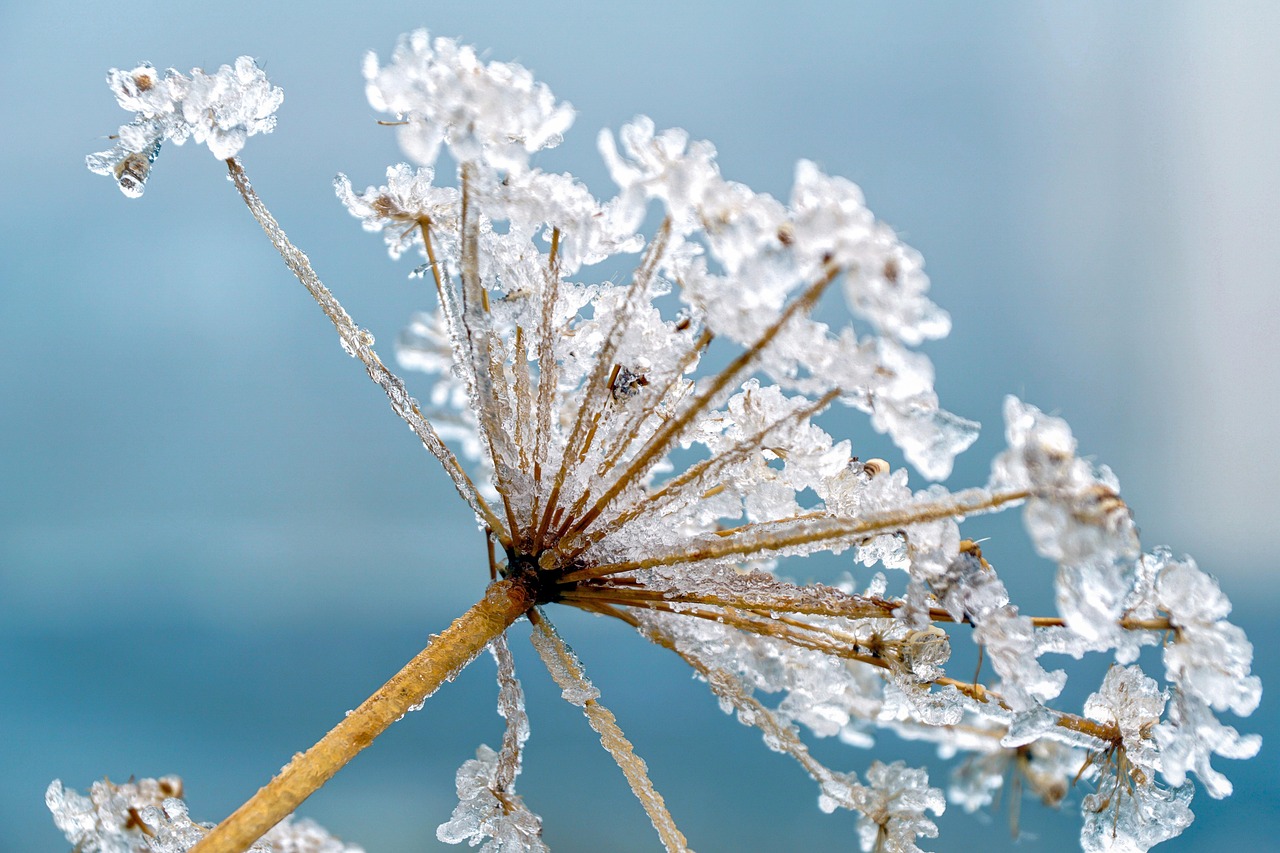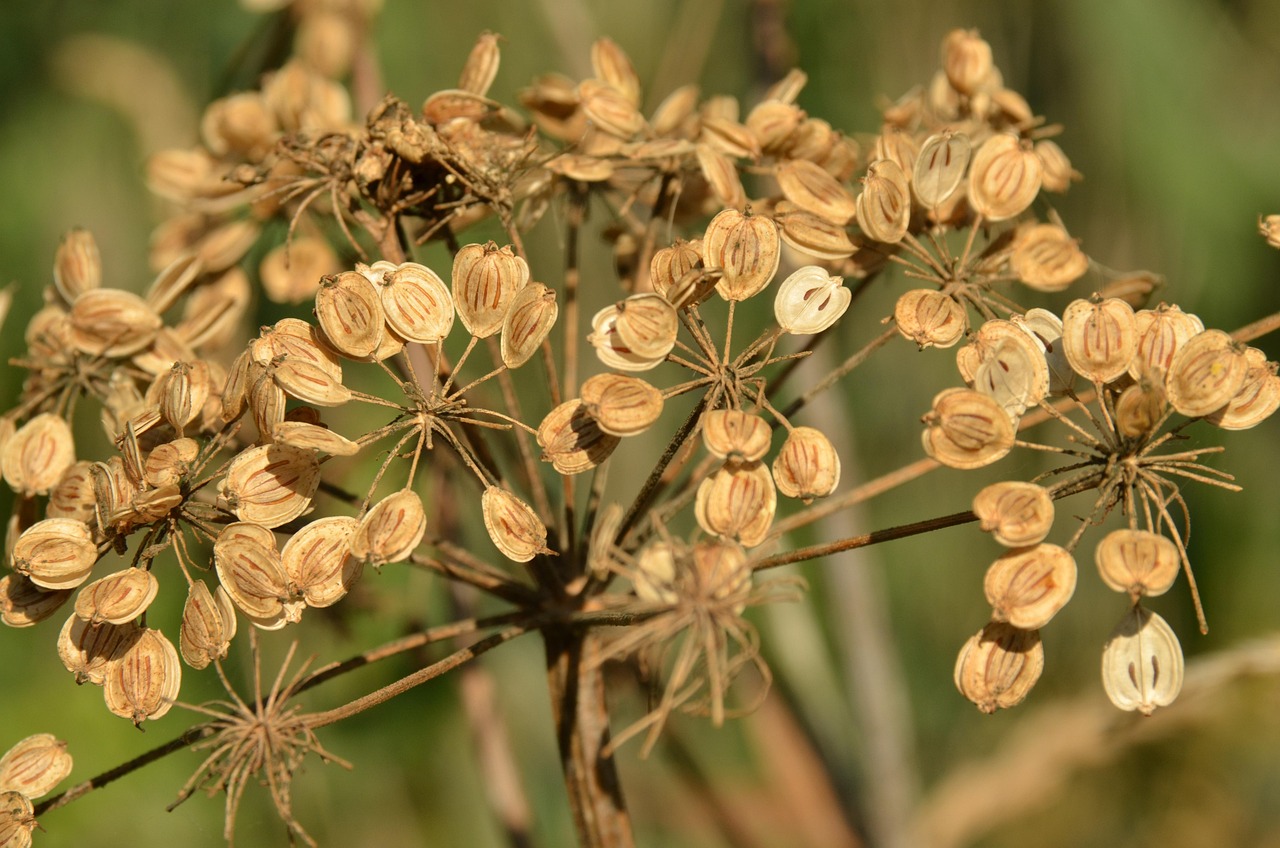The Western Hemlock (Tsuga heterophylla) reproduces through seeds produced in cones. The seeds are dispersed mainly by wind and small animals. The life cycle includes germination, seedling establishment, and growth into mature trees, which can span several decades.
Introduction to Western Hemlock

The Western Hemlock is a prominent tree species found primarily in the Pacific Northwest of North America. It thrives in moist, shaded environments, often alongside other coniferous trees. This tree plays a crucial role in forest ecosystems, providing habitat for various wildlife species and contributing to the overall biodiversity of the region.
Understanding the reproduction, seed dispersal, and life cycle of the Western Hemlock is essential for conservation efforts and forest management. This tree’s unique adaptation to its environment enables it to flourish despite the challenges posed by climate and competition from other plant species.
Reproduction of Western Hemlock
Western Hemlocks are monoecious, meaning they produce both male and female cones on the same tree. Male cones are smaller and produce pollen, while female cones are larger and contain seeds. The reproductive phase typically occurs in late spring to early summer when pollen is released.
The pollination process is primarily facilitated by wind. Once the female cones are fertilized, they take several months to mature. By late summer or early fall, the seeds are ready for dispersal. Each cone can contain up to 200 seeds, which are small and lightweight, allowing for effective wind dispersal.
Seed Dispersal Mechanisms
Seed dispersal is a critical aspect of the Western Hemlock’s life cycle. Several mechanisms contribute to this process:
- Wind Dispersal: The primary mode of seed dispersal. The lightweight seeds can travel significant distances, carried by breezes.
- Animal Activity: Small mammals such as squirrels may collect seeds for food but often forget some of their caches, allowing seeds to germinate in new locations.
This dual method of seed dispersal ensures that the Western Hemlock can colonize a variety of habitats and adapt to changing environmental conditions.
Life Cycle of the Western Hemlock
The life cycle of the Western Hemlock is divided into several stages, each critical for establishing a healthy population. The key stages include:
- Germination: Seeds require specific conditions—adequate moisture and suitable temperatures—to germinate successfully. This process typically occurs in spring.
- Seedling Establishment: After germination, seedlings must establish themselves in their environment. They require sufficient light and nutrients to grow.
- Maturation: As seedlings grow into saplings and eventually mature trees, they can reach heights of over 200 feet. This process can take several decades.
During its life cycle, the Western Hemlock develops a unique root system that allows it to access water and nutrients from the soil efficiently. Additionally, its ability to tolerate shade enables it to thrive under the canopy of other trees.
Environmental Adaptations
The Western Hemlock exhibits several adaptations that aid its survival and reproduction in its natural habitat:
| Adaptation | Description |
|---|---|
| Shade Tolerance | Can grow under the canopy of larger trees. |
| Moisture Retention | Root system adapted to absorb water efficiently. |
| Wind Dispersal | Lightweight seeds that can be carried far by wind. |
These adaptations not only support the Western Hemlock’s growth but also enhance its role within forest ecosystems. By understanding these aspects of its biology, forest managers can better support its preservation and promote healthy forest environments.
Growth Stages of Western Hemlock
The growth stages of the Western Hemlock are essential for understanding its life cycle. Each stage plays a vital role in the tree’s development and survival within its habitat. These stages can be categorized into four main phases: seedling, juvenile, mature, and reproductive.
Seedling Stage
The seedling stage begins immediately after germination. This phase is critical for establishing a healthy foundation for the future growth of the tree.
During the seedling stage, several factors influence survival and growth:
- Light Availability: Adequate sunlight is necessary for photosynthesis. Seedlings often rely on dappled light filtering through the canopy.
- Soil Quality: Nutrient-rich, well-drained soil supports healthy root development.
- Moisture Levels: Consistent moisture is crucial, as seedlings are particularly vulnerable to drought.
The seedling stage can last several years, during which seedlings develop a robust root system and begin to grow taller. Proper care during this time significantly influences the tree’s long-term health.
Juvenile Stage
Following the seedling phase is the juvenile stage, where the Western Hemlock begins to grow more rapidly. In this phase, trees typically range from 1 to 10 years old.
Key characteristics of the juvenile stage include:
- Height Growth: Trees can reach heights of up to 10 feet as they compete for light.
- Needle Development: Juvenile trees develop longer needles and denser foliage, which aids in photosynthesis.
- Root Expansion: Root systems continue to grow, enhancing stability and water absorption.
This stage is crucial for establishing dominance in the forest understory, as young trees compete with other species for sunlight and resources.
Mature Stage
The mature stage of the Western Hemlock occurs when the tree reaches approximately 30 years of age. At this point, the tree has established itself firmly within the ecosystem.
Mature Western Hemlocks are characterized by:
- Height and Canopy Formation: Mature trees can exceed 200 feet in height and create a dense canopy that provides shade and habitat for various species.
- Bark Thickness: The bark becomes thicker, offering protection against pests and diseases.
- Increased Seed Production: Mature trees begin producing cones regularly, contributing to the regeneration of the species.
This stage can last for many decades, during which the tree plays a significant role in its ecosystem by providing shelter and food for wildlife.
Reproductive Stage
The reproductive stage is a critical phase where mature Western Hemlocks produce seeds. This stage can begin as early as 20 years of age but often peaks between 50 and 100 years.
Factors influencing the reproductive success of Western Hemlocks include:
- Pollen Availability: Successful pollination requires an adequate supply of pollen from male cones.
- Environmental Conditions: Favorable weather conditions during pollination and seed maturation enhance seed production.
- Tree Health: Healthy trees are more likely to produce viable seeds. Stress from disease or pests can negatively affect reproduction.
This phase is essential for maintaining population levels and ensuring genetic diversity within Western Hemlock forests.

Pest and Disease Management

The health of Western Hemlocks can be threatened by various pests and diseases. Effective management of these threats is crucial for the sustainability of this species.
Common pests include:
- Hemlock Woolly Adelgid: This invasive insect feeds on sap, weakening trees and sometimes leading to death.
- Spruce Budworm: These caterpillars consume foliage, affecting tree health and growth.
Diseases can also pose significant risks:
- Root Rot: Various fungi can cause root rot, leading to declining health in infected trees.
- Canker Diseases: These diseases can damage bark and cambium layers, compromising nutrient transport.
Forestry practices aimed at monitoring pest populations and employing integrated pest management techniques can help protect Western Hemlocks from these threats, ensuring their continued presence in forest ecosystems.
Ecological Importance of Western Hemlock
The Western Hemlock plays a vital role in its ecosystem, supporting a wide array of wildlife and contributing to the overall health of forest environments. Its presence influences many ecological processes, making it a keystone species in temperate rainforest ecosystems.
Habitat for Wildlife
Western Hemlocks provide essential habitat for numerous animal species. Their dense foliage and towering heights create a complex habitat structure that supports both arboreal and ground-dwelling wildlife.
- Birds: Many bird species, such as the Northern Spotted Owl and various woodpeckers, rely on the canopy for nesting and foraging.
- Mammals: Species like deer and squirrels find shelter and food in the underbrush, while larger mammals, including black bears, may use Western Hemlocks as part of their foraging grounds.
- Insects: The tree’s bark and foliage host diverse insect species, which form the basis of the food web.
This rich biodiversity is crucial for maintaining ecosystem balance and resilience. The interdependence of these species highlights the importance of protecting Western Hemlock populations.
Soil and Water Conservation
Western Hemlocks contribute significantly to soil and water conservation. Their extensive root systems help stabilize soil, preventing erosion, particularly on steep slopes.
Additionally, the tree’s foliage plays a role in:
- Water Retention: The dense canopy intercepts rainfall, allowing water to percolate slowly into the soil, which aids in groundwater recharge.
- Nutrient Cycling: As leaves fall and decompose, they enrich the soil with organic matter, promoting plant growth.
This interaction between trees and soil enhances forest productivity and sustainability, ensuring that ecosystems remain healthy and functional.
Western Hemlock in Forestry and Timber Production
The Western Hemlock is also valued for its timber. Its wood is known for being lightweight, strong, and resistant to decay, making it suitable for various applications.
Timber Uses
The wood from Western Hemlocks is commonly used in:
- Construction: Used for framing, flooring, and paneling due to its strength and aesthetic appeal.
- Pulp Production: The tree is a significant source of pulp for paper manufacturing.
- Furniture Making: Its attractive grain makes it popular in furniture production.
Responsible forestry practices are essential to ensure sustainable timber production while maintaining healthy populations of Western Hemlock. Practices such as selective logging can help minimize environmental impact.
Forest Management Practices
Effective forest management is crucial to balancing timber production with conservation efforts. Several strategies can be implemented to support both goals:
- Selective Harvesting: This method involves removing only certain trees while preserving overall forest structure. It minimizes disruption to wildlife habitats.
- Planting and Restoration: Replanting Western Hemlocks in harvested areas helps ensure their continued presence in the ecosystem.
- Pest Management: Ongoing monitoring for pests and diseases helps maintain tree health and productivity.
By adopting these practices, forest managers can foster sustainable ecosystems while benefiting from the economic value of Western Hemlocks.
Cultural Significance

The Western Hemlock holds cultural significance for various Indigenous peoples in North America. It has been utilized for centuries for its practical applications and spiritual importance.
- Construction Material: Indigenous communities have historically used Western Hemlock for building canoes, houses, and tools due to its durability.
- Medicinal Uses: Various parts of the tree have been used in traditional medicine for their healing properties.
- Cultural Symbolism: The tree is often featured in local folklore and traditions, representing strength and resilience.
This cultural relationship underscores the importance of preserving not just the species itself but also the knowledge and practices associated with it.
Conservation Efforts and Challenges
Conserving the Western Hemlock is essential for maintaining forest ecosystems and the biodiversity they support. However, various challenges threaten its survival, necessitating concerted conservation efforts.
Threats to Western Hemlock
Several factors pose significant risks to Western Hemlock populations:
- Climate Change: Changes in temperature and precipitation patterns can disrupt the habitat conditions that Western Hemlocks require for growth and reproduction.
- Invasive Species: Invasive insects and plants can outcompete native species, leading to declines in Western Hemlock populations.
- Habitat Loss: Urban development, logging, and agricultural expansion lead to fragmentation of habitats, making it difficult for Western Hemlocks to thrive.
Addressing these threats requires a proactive approach, including research, monitoring, and adaptive management strategies that consider the changing environmental landscape.
Conservation Strategies
Various strategies can be employed to conserve Western Hemlock populations and their habitats:
- Protected Areas: Establishing protected areas helps safeguard critical habitats from development and degradation.
- Restoration Projects: Implementing reforestation and restoration projects can help re-establish Western Hemlock in areas where it has declined.
- Community Involvement: Engaging local communities in conservation efforts fosters stewardship and awareness about the importance of Western Hemlocks.
By employing these strategies, conservationists can work towards ensuring the long-term survival of Western Hemlocks and the ecosystems they support.
Final Thoughts
The Western Hemlock is more than just a tree; it is a vital component of forest ecosystems that provides habitat for wildlife, contributes to soil and water conservation, and holds significant cultural value. Understanding its reproduction, seed dispersal, and life cycle is crucial for fostering sustainable forestry practices and ensuring ecological health.
As we face challenges such as climate change and habitat loss, the need for effective conservation strategies becomes increasingly urgent. By focusing on the preservation of Western Hemlocks, we not only protect a key species but also the broader ecological networks that depend on it.
Ultimately, the health of Western Hemlock populations reflects the state of our forests. It is our responsibility to advocate for their conservation and to promote practices that ensure their survival for future generations. Through continued research, community engagement, and responsible management, we can support the resilience of this remarkable tree species and the diverse ecosystems it sustains.
